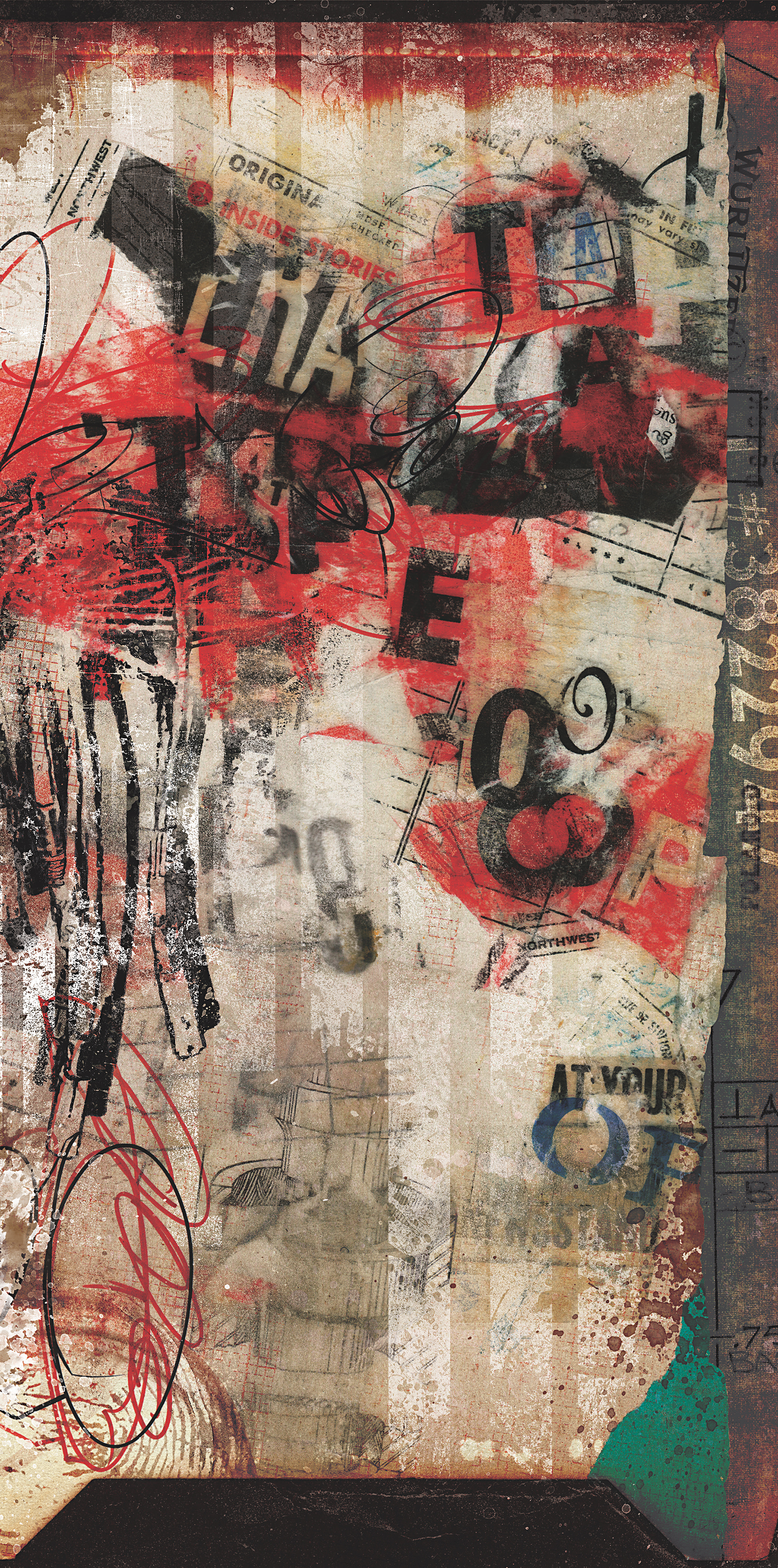DIY recording gear isn’t always easy or cost-effective. Electronics chops are one thing, but few people have the means to do metal fabrication, powder coating, and silk screening. One-off custom fab jobs are prohibitively expensive, and a homespun look of Hammond enclosures, step drill bits, and Sharpie labeling doesn’t appeal to everyone. While a few marginal front panel solutions have come and gone over the years, most have been somewhat lacking. A newer German company, analogvibes, appears poised to rectify what has been a big obstacle for many.
So far, offerings are limited to enclosures for kits based on the Teletronix LA-2A [Tape Op #26] and two Pultec options: the EQP-1A and MEQ-5 (the Universal Audio 176 is “coming soon”). I’ve built a pair of MEQ-5s and an LA-2A using analogvibes chassis, and their quality feels like a breakthrough for DIY audio.
Refreshing attention to detail is evident in the enclosures’ look, fit, and finish. Front panels are missing trademarked logos, but otherwise present as vintage-correct (custom or vintage-style logos can be added by Don-Audio for a nominal charge). The only nits to pick here are extremely minor (the LA-2A-based chassis front panel hardware is stainless instead of nickel, and the thumbscrews aren’t captive as on the originals). Metric screws stand in for SAE sizes.
Rear panels take a few more liberties, as smart concessions for modern connectivity standards have been made (the cutouts for a fused IEC power inlet and XLR connectors were welcome sights on the LA-2A-based enclosure). If you’re accuracy-obsessed enough to track down vintage Triad and UTC input and output transformers, you’re in luck – rear panel cutouts are sized for these parts. If you’d rather buy quality modern iron from Sowter instead, adapter plates are included with chassis orders.
Build documents are supplied upon purchase, and as long as the BOM (bill of materials) is followed, everything mostly snaps together trouble-free (the lack of drilling, filing, and finessing was a massive relief). For some projects, the BOM includes a link to source all parts and components in the US and EU – and as many parts as possible are bundled into a Mouser online shopping cart for convenience. The company plans to release full kits for all their projects this spring. Supplied build documents have an informal tone, are easy to follow, and don’t assume much prior knowledge. Though you can contact analogvibes via email for build help, support is focused to a Facebook group with over 6,000 members. Still, it’s probably best if you have a little experience with troubleshooting. All of the units I built fired right up and worked the first time, but this shouldn’t be considered typical.
One challenge is gathering parts. Complete kits are occasionally offered on a limited basis, but most parts are available from Mouser Electronics or Digi-Key Electronics (and the rest can be sourced from specialty retailers such as Amplified Parts, Don-Audio, or Blore Edwards Limited). But a few obsolete parts (like if you want vintage transformers) must be sourced via surplus. While this isn’t insurmountable, it isn’t going to get easier as surplus stocks dwindle.
With gear prices in a vertical climb, DIY is becoming more appealing from a cost perspective. While a vintage Pultec or LA-2A is now a major investment, a highly credible reproduction can be built for 10 to 20 percent of the cost. We have three vintage LA-2As at The Bunker Studio in Brooklyn, and all sound slightly different. While I built my LA-2A replica for home use, I’d happily use it alongside any of them – and nestled in the analogvibes chassis I wouldn’t be embarrassed for a client to see it in the racks.





_disp_horizontal_bw.jpg)